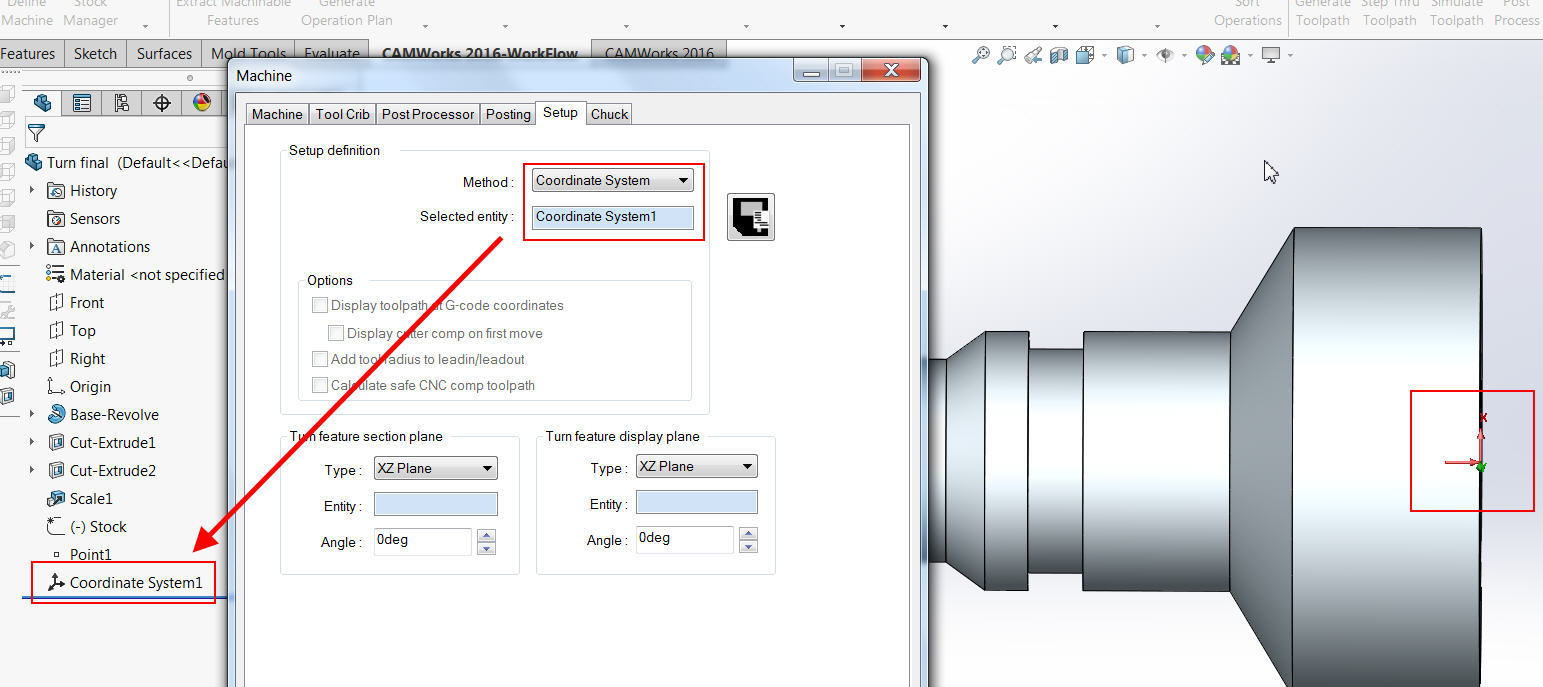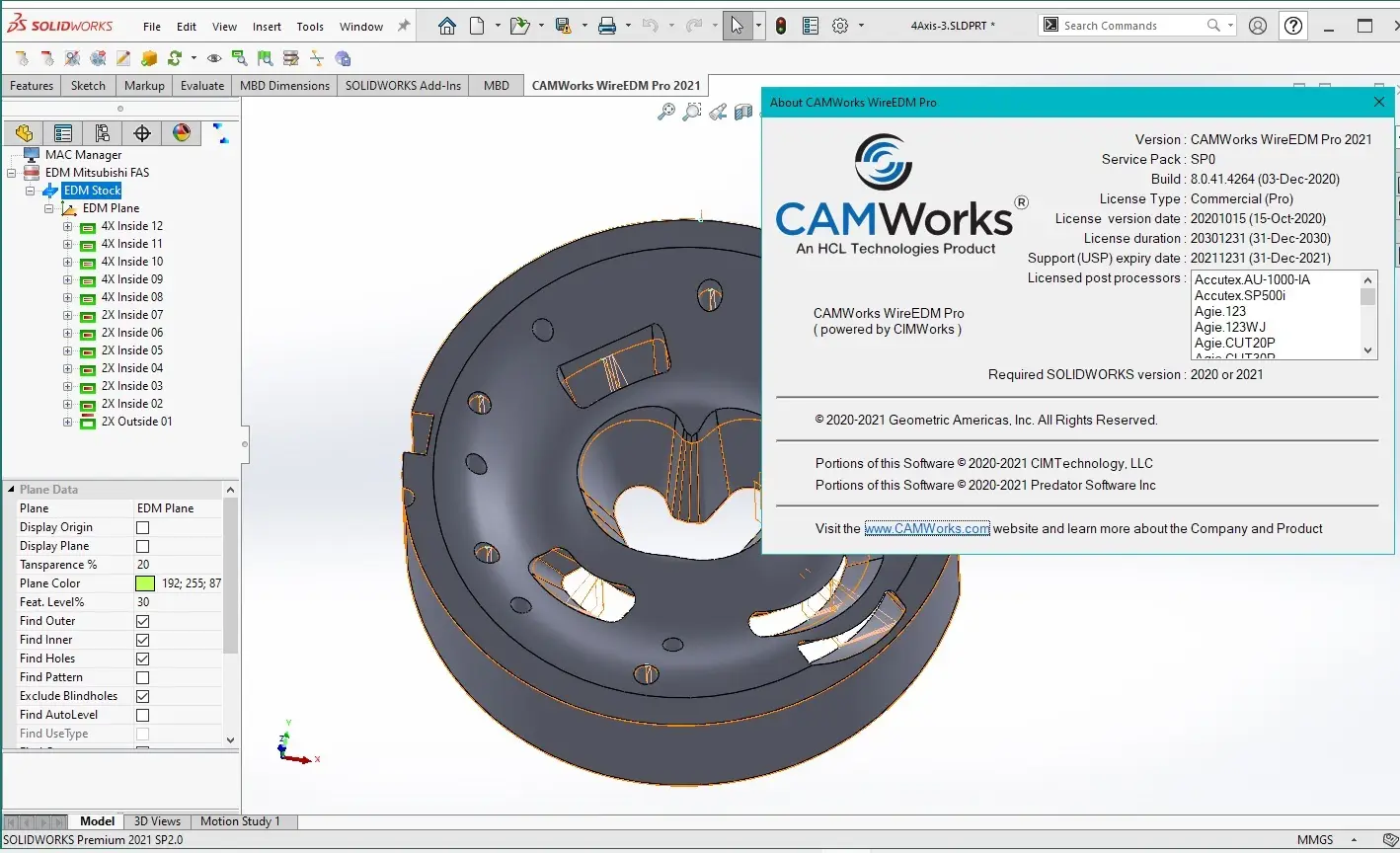


A drawing with asymmetrical tolerance ranges. Figure 1 shows a drawing that he encountered, in which a hole diameter was defined as 1.5 in with a tolerance range of +0.0035 to -0.005 in, along with other asymmetrical tolerance requirements.įigure 1. Prashant Kulkarni shared his experiences with GE Power and Water. If you are a designer, where would you specify asymmetrical tolerances? If you are a machinist, how would you handle asymmetrical tolerances?

I’d love to hear your thoughts in the comment area below. Have you ever defined asymmetrical tolerance requirements in your designs? Does this type of tolerances look familiar? A nominal width size of 110 mm with a tolerance range from+0.15 to -0.25 mm, or a nominal hole diameter of 85 mm with a unilateral tolerance window of -0.05 to -0.25 mm, requiring both limits on the smaller side of the nominal diameter.


 0 kommentar(er)
0 kommentar(er)
